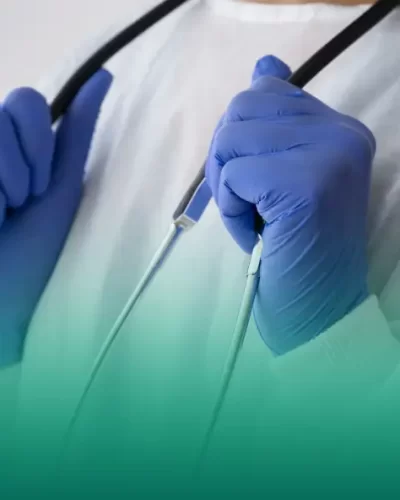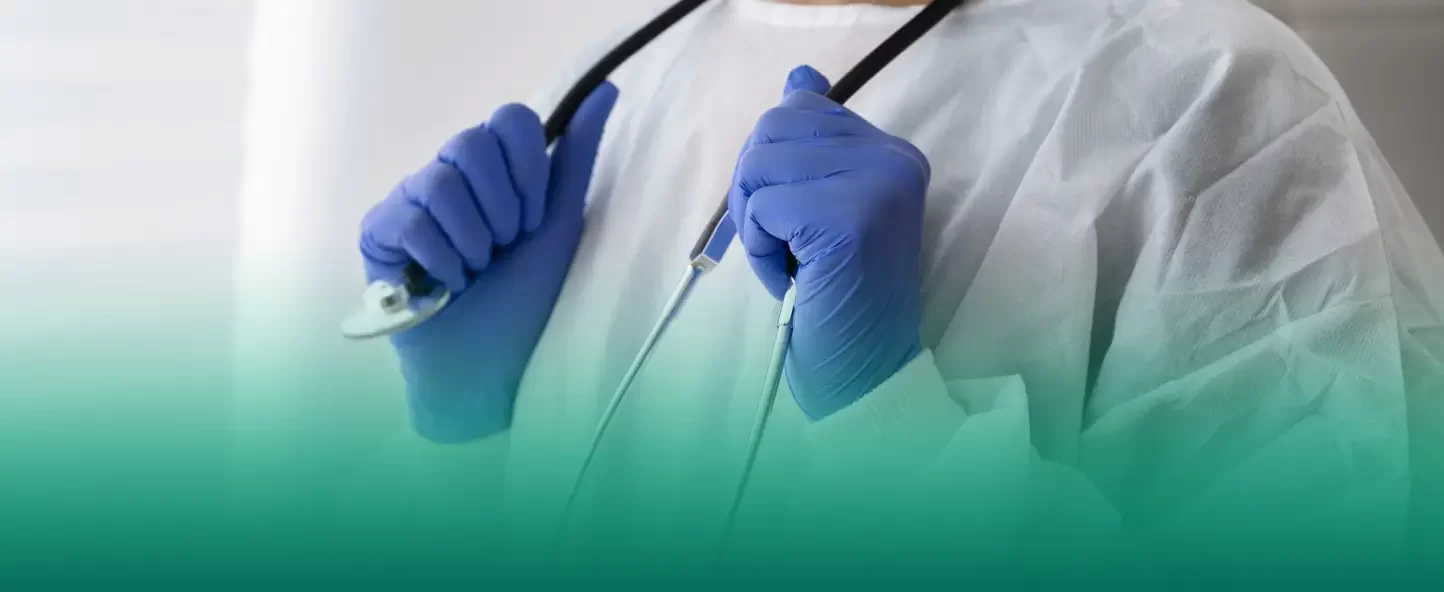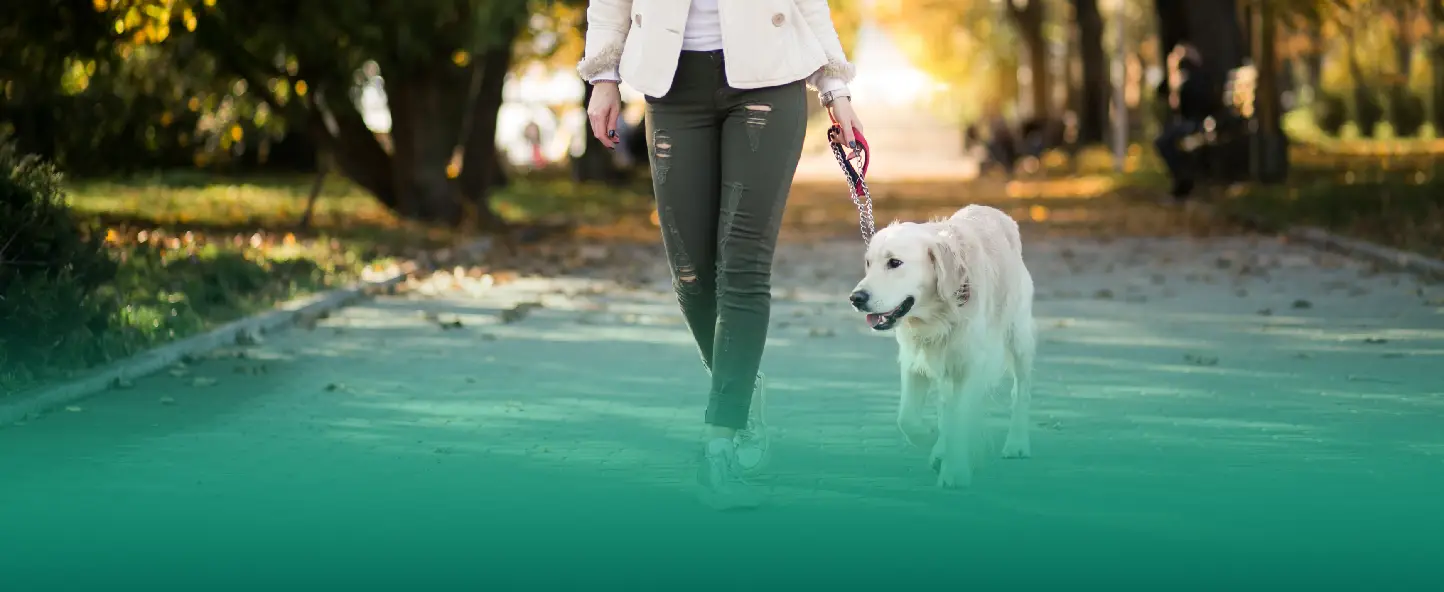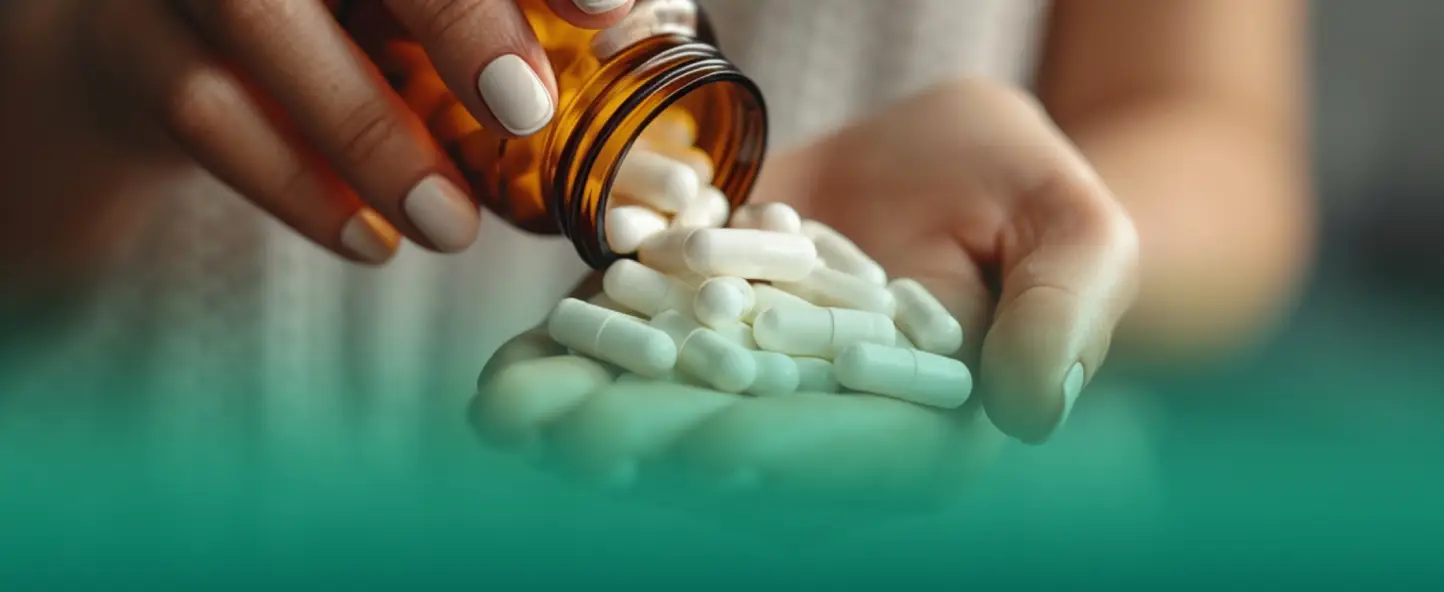Endoscopy is a procedure for examining the esophagus, stomach and part of the duodenum using an endoscope – a flexible tube with a camera at the end. This examination is prescribed to identify whether the patient has an ulcer, gastritis, polyps or neoplasms.
During the procedure, the doctor may also remove a polyp, perform a rapid test for Helicobacter pylori, or perform a biopsy – take a small sample of the mucous membrane for further examination under a microscope.
According to the recommendations, from the age of 45 it is recommended to perform gastroscopy every ten years, even if there are no complaints. We have prepared a step-by-step guide on how to prepare for this procedure.
STEP №1
Consult a gastroenterologist to discuss your chronic conditions. Provide information about medical conditions and medications taken regularly.
If these include pain relievers, blood thinners, or drugs that reduce stomach acid production, be sure to mention this to your doctor. You may need to stop taking your medications for a few days or on the day of your procedure.
It is not recommended to stop taking medications on your own. The decision to stop treatment must be made by the doctor.
Choose whether you will have the procedure with or without sedation. During a gastroscopy, some people may experience vomiting and stomach discomfort. Some may find it difficult to breathe due to panic, making it difficult for them to focus on breathing through their nose correctly.
Sedation is a state of medicated sleep that helps reduce discomfort during the procedure. However, gastroscopy usually only takes about 10 minutes, so most patients undergo it successfully without sedation.
If you decide to have a procedure using sedation, it is important to discuss this with your doctor in advance, as sedation has its own contraindications.
STEP №2
Reduce your diet.
Gastroscopy is performed on an empty stomach. The last meal should be 8 hours before the procedure. It is important to avoid heavy foods such as steak; it can be replaced with a chicken cutlet. Drinking should be limited 4 hours before the procedure.
After this, you must abstain from food and drinks. To avoid feeling hungry all day, it is best to schedule a gastroscopy in the morning. Have dinner, go to bed, and start the procedure in the morning.
Dietary recommendations before gastroscopy:
- 8 hours before: light food and drink.
- Before 4 hours: drink only.
- After: Avoid eating and drinking.
STEP №3
Select a vehicle for your trip.
If you are planning to have a gastroscopy under sedation, it is recommended to get to the clinic by taxi, public transport, or ask someone close to you to drive you and take you back home. After the procedure, you may feel weak and dizzy, so you should not drive in this condition.
In addition, it may be difficult to continue working after sedation, so it is recommended to take sick leave from work.
STEP №4
Get ready for the procedure.
If you choose to have the procedure without sedation, your endoscopist or nurse assistant will spray a local anesthetic into your throat before starting. This will help reduce discomfort during gastroscopy.
You will then be asked to lie on the couch on your left side. To avoid accidentally biting the gastroscope, your doctor will provide you with a mouthpiece and ask you to insert it into your mouth.
The probe will be inserted through the mouthpiece. At this point, you may be asked to take a swallow to move the tube down your esophagus.
Even though the anesthetic is used, you may still gag, which is a normal reaction. To alleviate this gag reflex, it is recommended to concentrate on breathing deeply through the nose.
Typically a gastroscopy takes about 10 minutes. The time may increase if it is necessary to remove a polyp, perform a biopsy, or perform a rapid test for Helicobacter pylori.
After the procedure, you may experience a sore throat and discomfort when swallowing. If the discomfort is significant, it is recommended to refrain from eating and drinking for 45 minutes.






